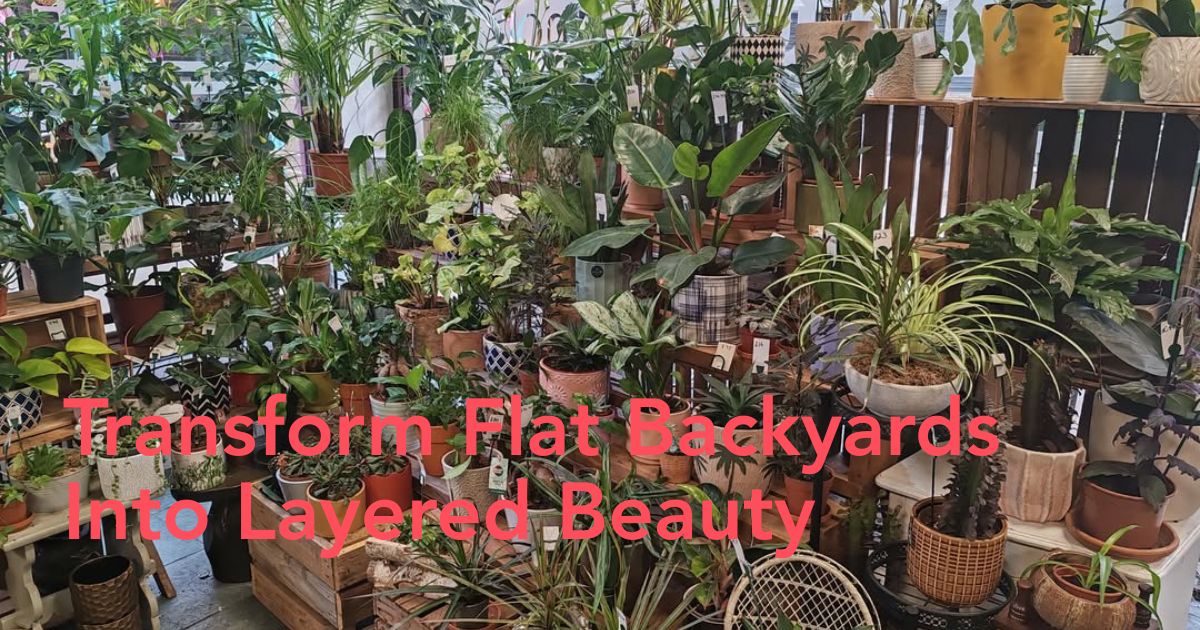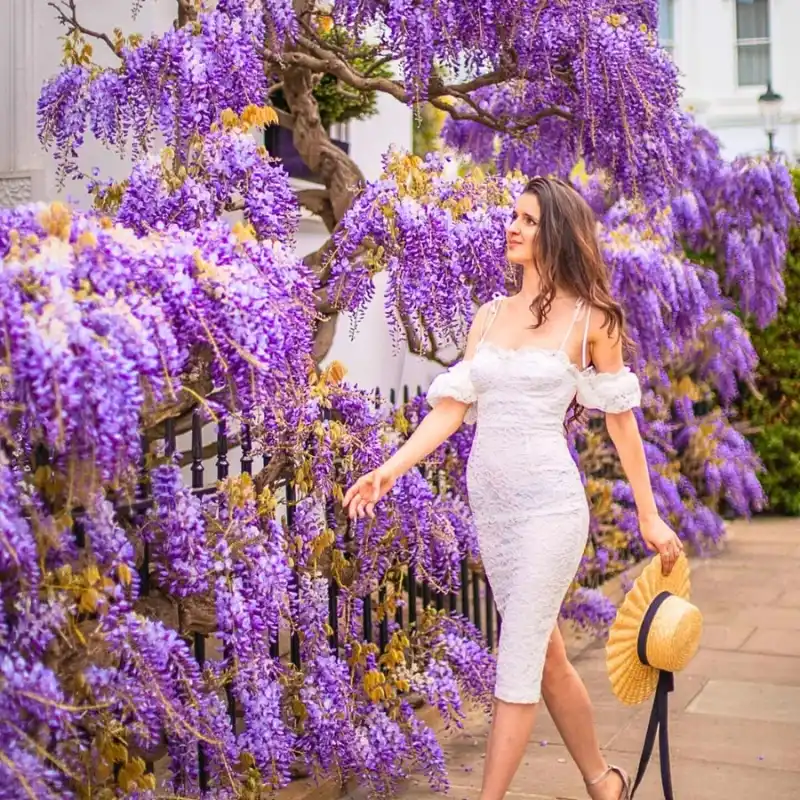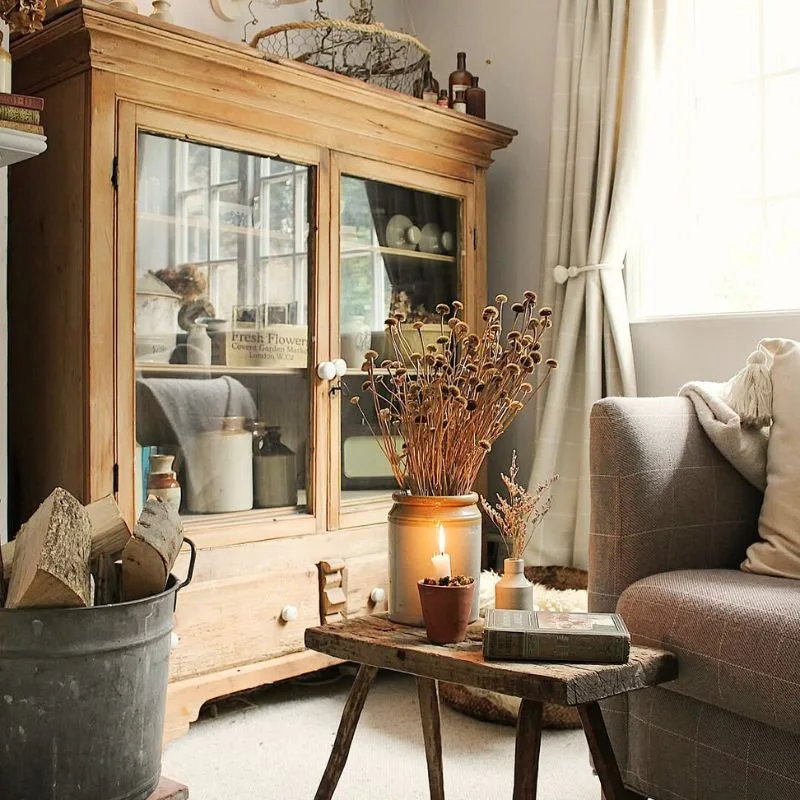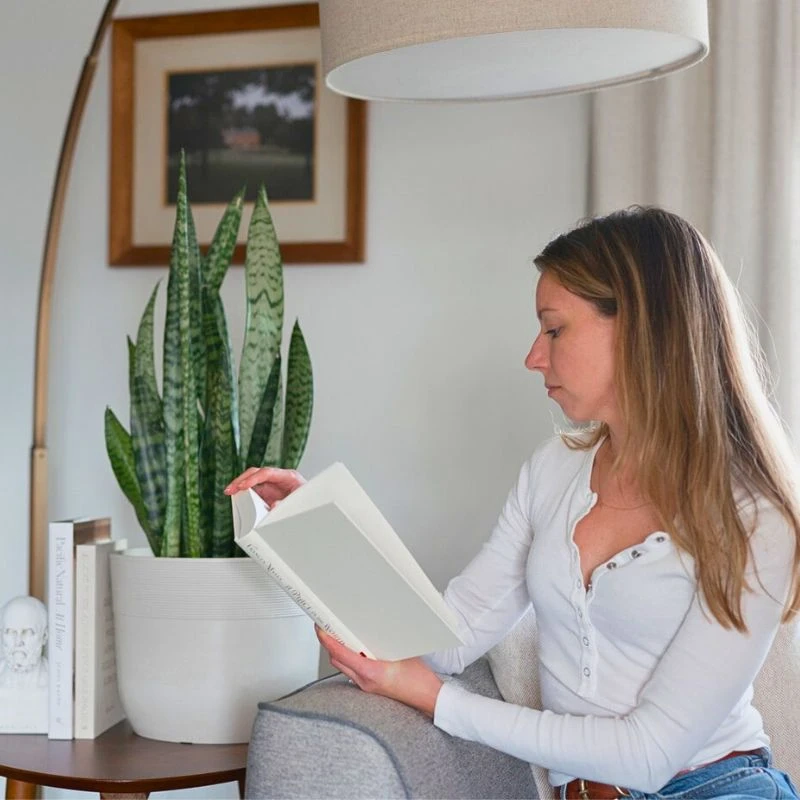Most backyards have the same problem – they’re flat. Bland. Tasteless.
Just like plain white rice with no seasoning.
You walk outside, and it’s all on the same level, with a lawn, a border of flowers on the side, and one sad little lonely tree trying its hardest to look impressive. There’s nothing going on, no reason for your eye to travel anywhere.
A layered landscape can change all this. When you have plants that are of different heights and pathways cutting through foliage, that same yard feels deeper and bigger. It feels alive. It’s no longer simply ‘pretty’, it has structure and rhythm. And the best part is that you can make this happen even if your yard is teeny tiny.
This is actually the point because layers aren’t about a humongous space but about using whatever space you have to its fullest potential.
You can find more knowledge here: How Landscaping Choices Can Impact Your Home’s Drainage
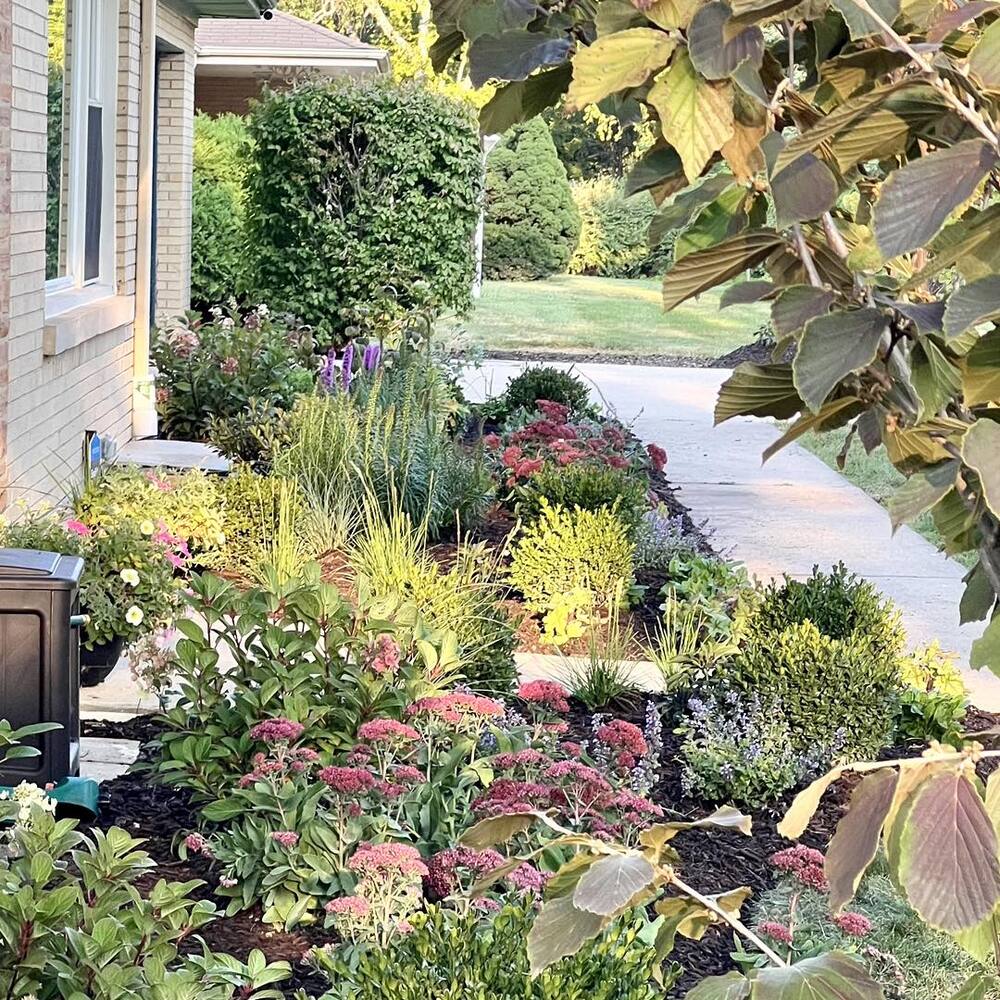
What Makes Layered Landscape Visually Dynamic
Look at nature and you’ll see that there’s not a single flat line anywhere but a series of levels that overlap and interact.
This is what layered landscaping is all about, so instead of having everything sit at the same height, you work both vertically and horizontally. You can mix low-growing groundcovers with medium-sized shrubs and anchor the space with taller trees or even statement plants.
This creates depth and dimension, and you get this sense of natural flow.
You can see this in forests and riverbanks, where nothing grows on its own or on one level. The plants are all different heights and shapes, and the textures naturally create a scene that feels alive and full. The goal is to take this same idea and carry it into your yard, however big it is. Layers will make a small space feel bigger and create natural focal points. And you’ll love the way they’ll soften or even hide walls and fences.
You’ll also get to enjoy seasonal change if you make sure that every level of height has its own blooming or color cycle. Even wildlife will respond to it. You’ll notice that a layered yard attracts a lot more bees and birds.
For this to all work how it should, use high-quality soil blends from a specialized landscape supplier such as Ebyland, who can provide you with not only soil, but pretty much any landscaping products you might want (e.g., fire pits, grills, hardscaping supplies, stone, lighting, greenhouses, outdoor furniture/playsets, water gardens, etc.), which is super important because any such products might inspire another amazing idea which you never would’ve thought about before.
Don’t just get the first thing you see in Target because soil can make or break this project.
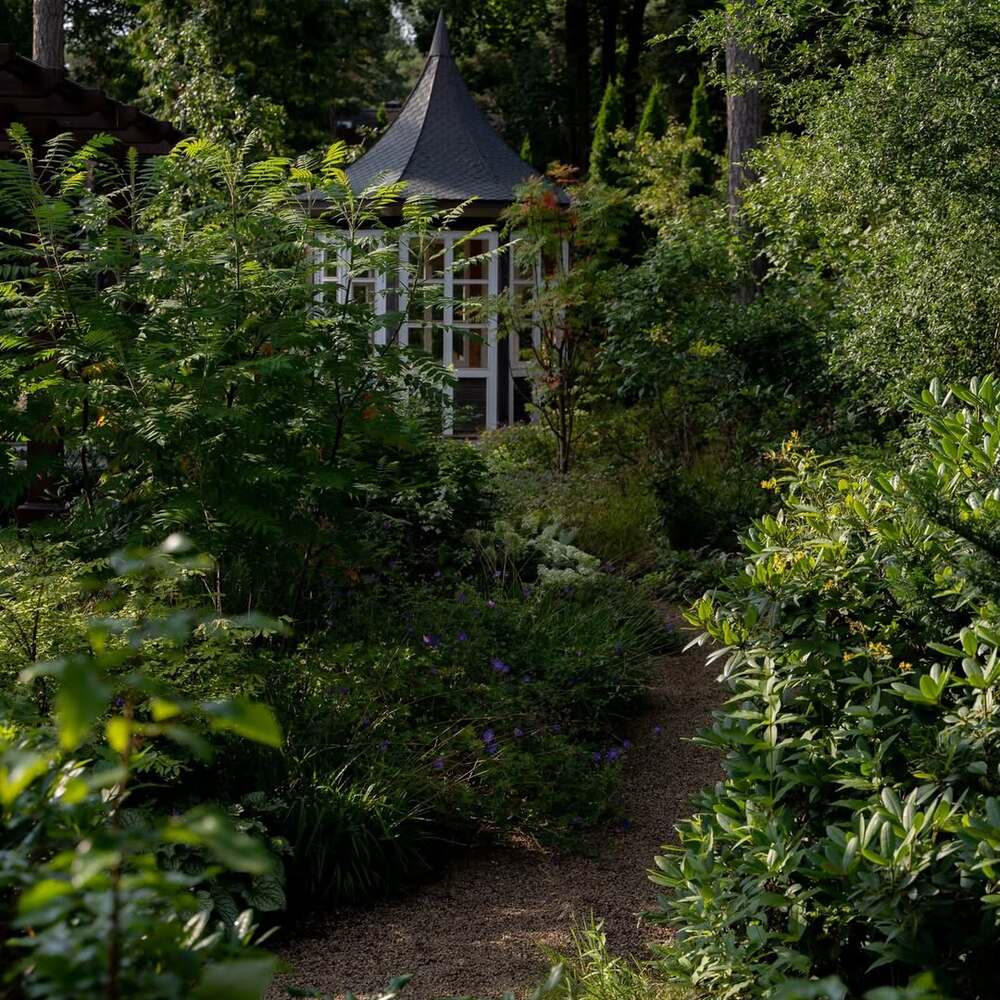
The Core Levels of a Well-Composed Landscape
You might have gotten the wrong idea that you should cram as many plants as possible in your backyard and hope that it works out, but that would cause a total mess. A layered landscape doesn’t happen by accident because everything has to have its own place and purpose.
Here’s how to do that:
Groundcovers
This is your lowest level. Groundcovers spread across the soil instead of growing tall, and they’re important because they make the space feel connected and complete. They also help control the weeds and keep the soil from drying out.
Creeping thyme, mondo grass, creeping phlox, and sedum are the best choices among groundcovers. You’ll often see them placed along the edges of gardens and around stepping stones.
They’re also excellent for under trees, where grass won’t grow.
Shrubs and Mid-Level Plants
Shrubs are the middle layer, and they’re important because they fill the space between groundcovers and tall plants.
They add bulk and color, but what’s the most interesting thing about them is that they often change with the seasons. Hydrangea, spirea, lavender, and boxwood are all very popular choices.
Instead of planting them in a straight row, stagger them. This will make your yard look more natural.
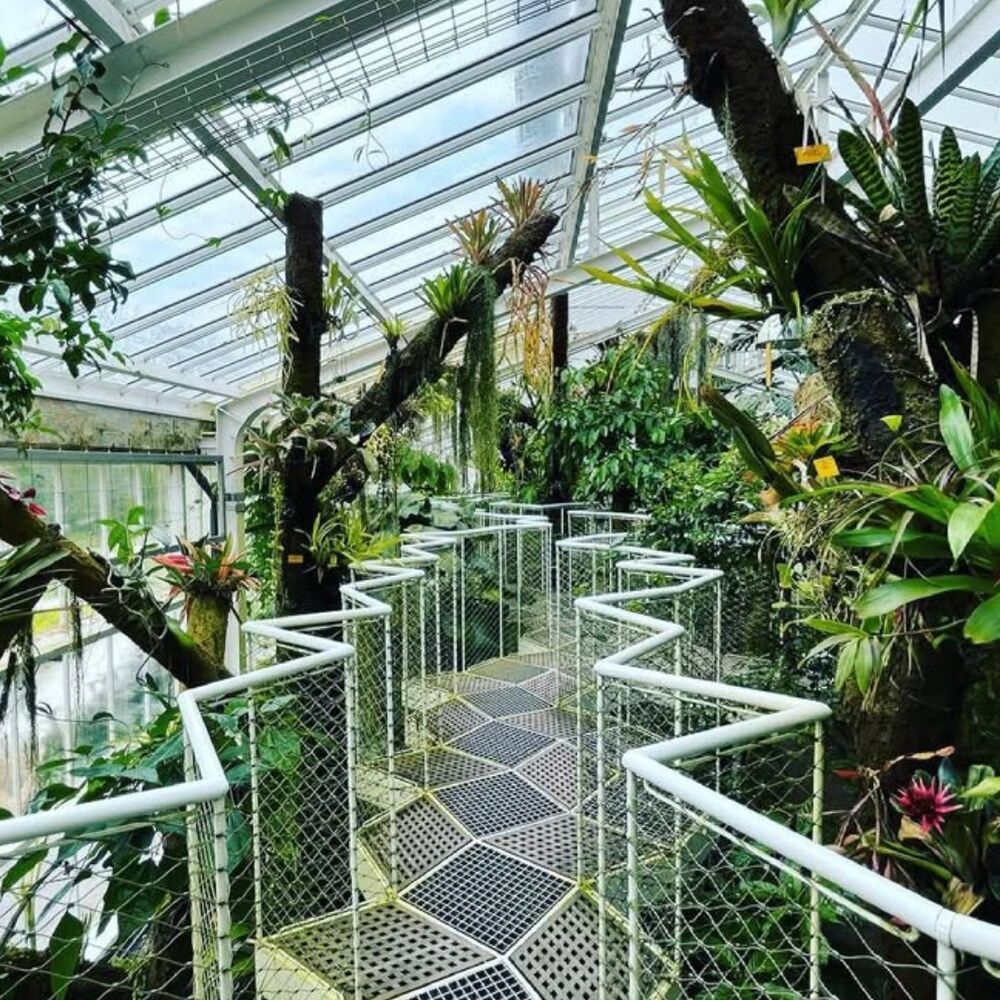
Trees and Vertical Anchors
Trees are the tallest layer, and they anchor the whole design.
They pull the eye up and make the yard feel like a space that’s complete instead of a random open patch. Smaller trees like magnolia and cherry give you height, but they don’t take over the whole yard. Taller, more narrow trees like columnar and oak will work great in tight spaces.
If your yard were another room in the house, the trees would be its ceiling, which means that everything else should be underneath and built up to their level.
Hardscaping and Elevation
Okay, so these aren’t exactly plants, but you need hardscaping, too. Stone paths, gravel, walls, raised beds, it all has its place. This is how you’ll divide your space and give your plants structure.
If you use raised beds and stacked stones, your yard will never feel flat because… Well, it won’t be.
Another great thing about hardscaping is that it leads the eye around the yard and keeps the whole layout from feeling random.

A Flat Yard Is a Blank Canvas
A flat yard is a blank canvas, so when you really think about it, it’s a lot of fun.
It’s pure potential, and you can do with it whatever you like. A layered landscape is your best option because not only does it feel alive, it is alive. The plants lean, climb, shade, spill, and frame each other. Then there’s hardscape to support the whole picture.
The best part?
You don’t need acres of land or a botanical education to pull it off, just a patch of grass.

